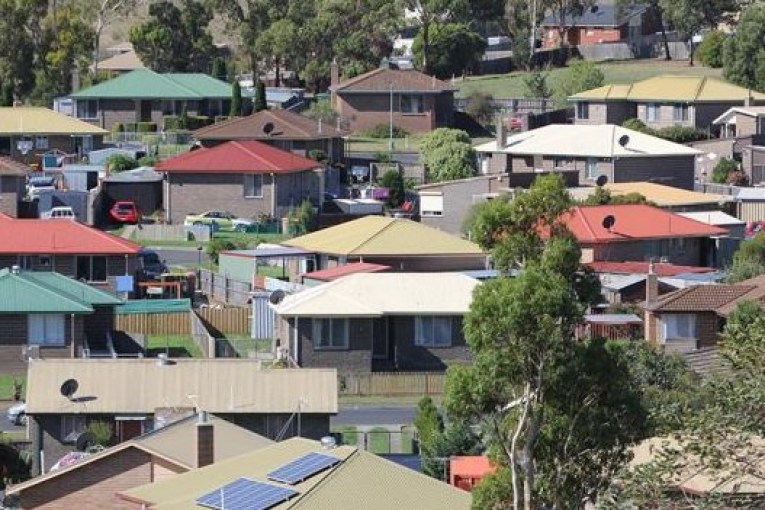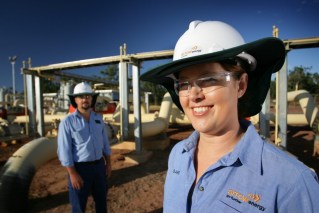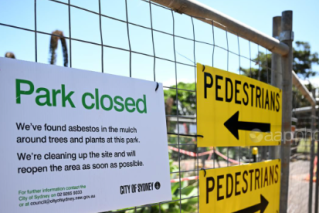The price isn’t right: How govt spends millions defending dud valuations
Costs incurred defending State Government land valuations have ballooned more than 600 per cent in the last six years as more landholders correctly questioned the assessment of their property values.


Rural property prices are tipped to take a hit in the next 12 months. (Photo: Jos Zwaan on Unsplash).
The alarming figures revealed in State Parliament last month by Natural Resources Minister Anthony Lynham coincide with an expected price downturn in the rural property market during the next 12 months.
Transcripts show 2427 landholders made objections to their 2020 appraisal, dated October 1, 2019.
The current number forms part of the 16,762 objections to land valuations that have been lodged since 2014-15, the financial year in which Labor took government.
Since then, the government has spent $1,429,159 on internal staff and resources and $5,074,515 on external legal firms engaged to fight the objections, a staggering jump of 610 per cent over six years.
The biggest 12-month jump was in the first year of Annastacia Palaszczuk’s first term, with external legal fees rising from $164,088 in 2014-15 to $756,649 the following year.
In the last six years, 40 per cent of the landholder objections have been upheld, suggesting serious flaws in the methodology used to calculate land valuations.
Lynham told Parliament the costs spikes were resulted from “increased complexity of appeals cases in recent years”.
He said the land valuation appeals involved commercial sites in Brisbane CBD and multi-unit and retail sites throughout the city and southeast Queensland.
Misgivings surrounding the veracity of land valuations comes as the brakes are applied to rural property prices after five years of consistent “robust growth”, according to agribusiness finance specialist Rabobank.
An industry report released this week shows little chance of growth in median prices over the next 18 months.
Report author, Rabobank agricultural analyst Wes Lefroy, said agricultural land prices were already on the slide in 2019, a downward trend accelerated by drought before the rupture of COVID-19 early in 2020.
“For the time being, the aggressive rise in land prices is behind us, and we are expecting a period of low, if any, growth in 2020,” he said.
“Ultimately though, this will vary by quality, region and production type.”
Rabobank’s intelligence supplier, Digital Agriculture Services, predicts prices have reached their peak in Queensland, but will remain steady for the rest of the financial year.
Low borrowing costs, strong commodity prices and improved seasonal conditions supported higher land prices in 2019, particularly on the Darling Downs.
That’s injected some resilience into the sector, according to the bank’s research. It’s also forecasting that buyers will see a greater concentration of lower-quality properties on the market in 2021, generated by vendors keen to test the market on the back of high prices and strong growth in recent years.
While some blue-ribbon properties with scale in high rainfall areas may buck the negative trend, macro-economic factors, such as low interest rates and a forecast weakening in the Australian dollar – along with the overall healthy state of farm balance sheets across the country – will prevent a major downward correction.
“And if agricultural land prices can hold the significant gains they have made over the past five years in the year ahead, through the worst economic crisis we are facing in decades due to the coronavirus pandemic, this will be a great result for landholders,” Lefroy said.
He said the story for buyers of agricultural land was a “very complicated one”, with different market segments in different locations moving at varying driven by factors other than just agricultural productivity.
“The median price in some regions can be double, or even triple, that of other regions with similar productivity and seasonal variability,” Lefroy said.
The report says several factors are contributing to the slowing rate of growth in the agricultural land market.
Chief among these is the trailing effect of recent years of drought, with the impact on land prices often delayed – bringing periods of very low, if any, land price growth, even when rainfall returns.
“It may seem paradoxical, but a key factor weighing on land price growth is the return to better seasonal conditions and drought recovery that is occurring particularly on the east coast,” Lefroy said.
“In drought-affected regions, there has been a shortage of properties on the market with many potential sellers choosing to hold off until conditions improved, and this reduced supply had been supportive of price growth.
“However, as seasonal conditions have improved, we will see an increased stream of lower-quality properties come to the market, with sellers trying to take advantage of the high price environment.”












